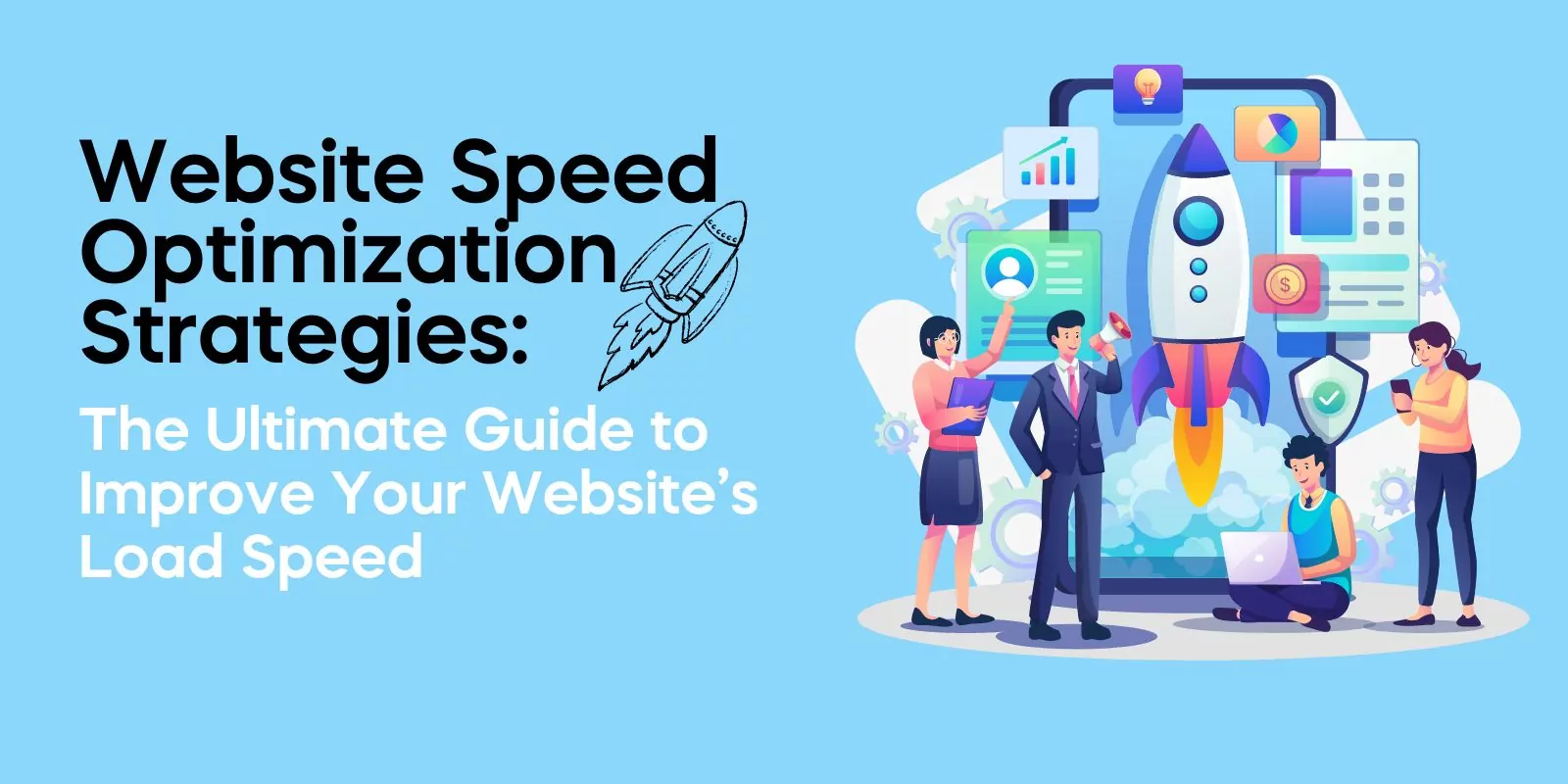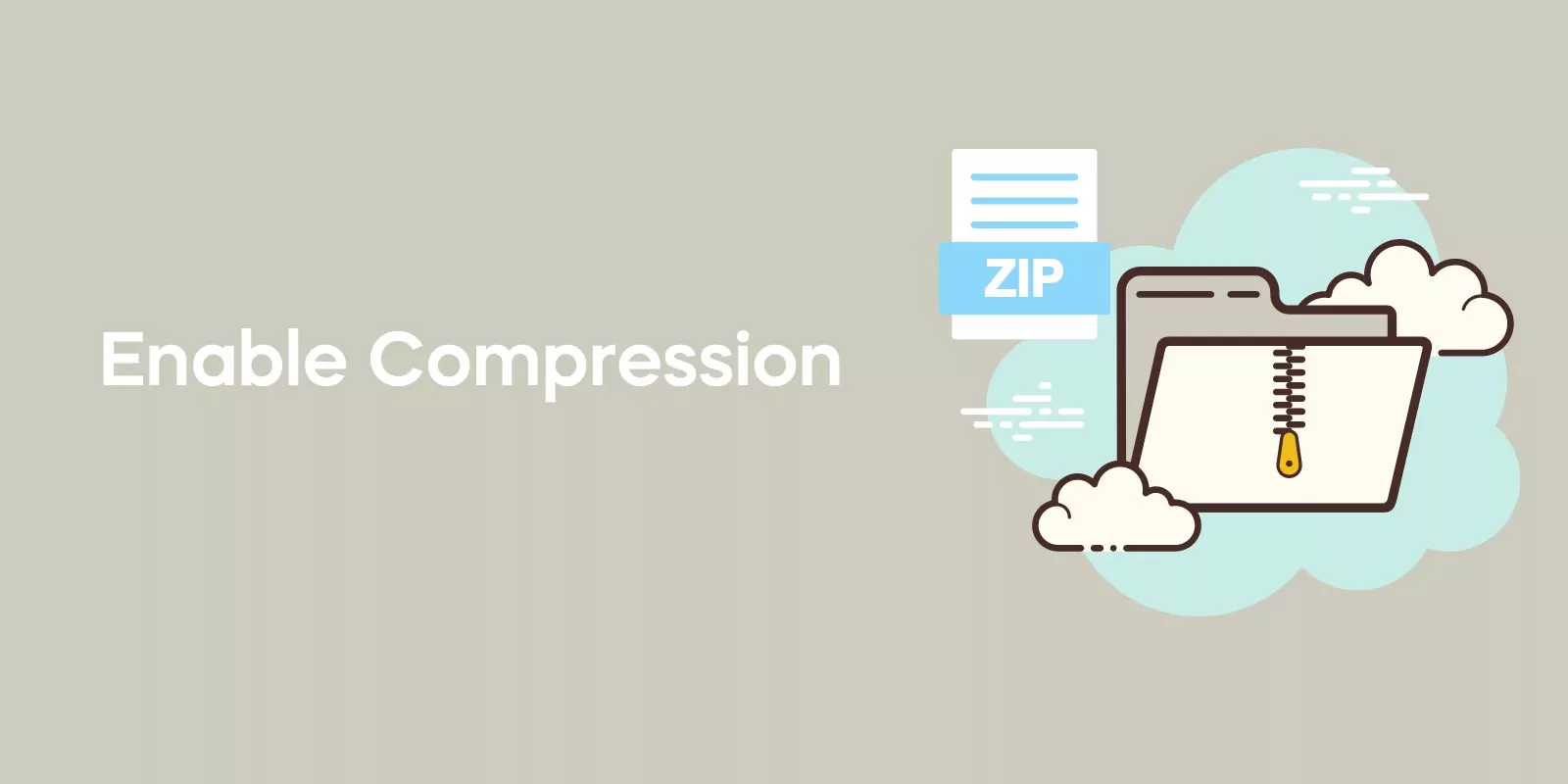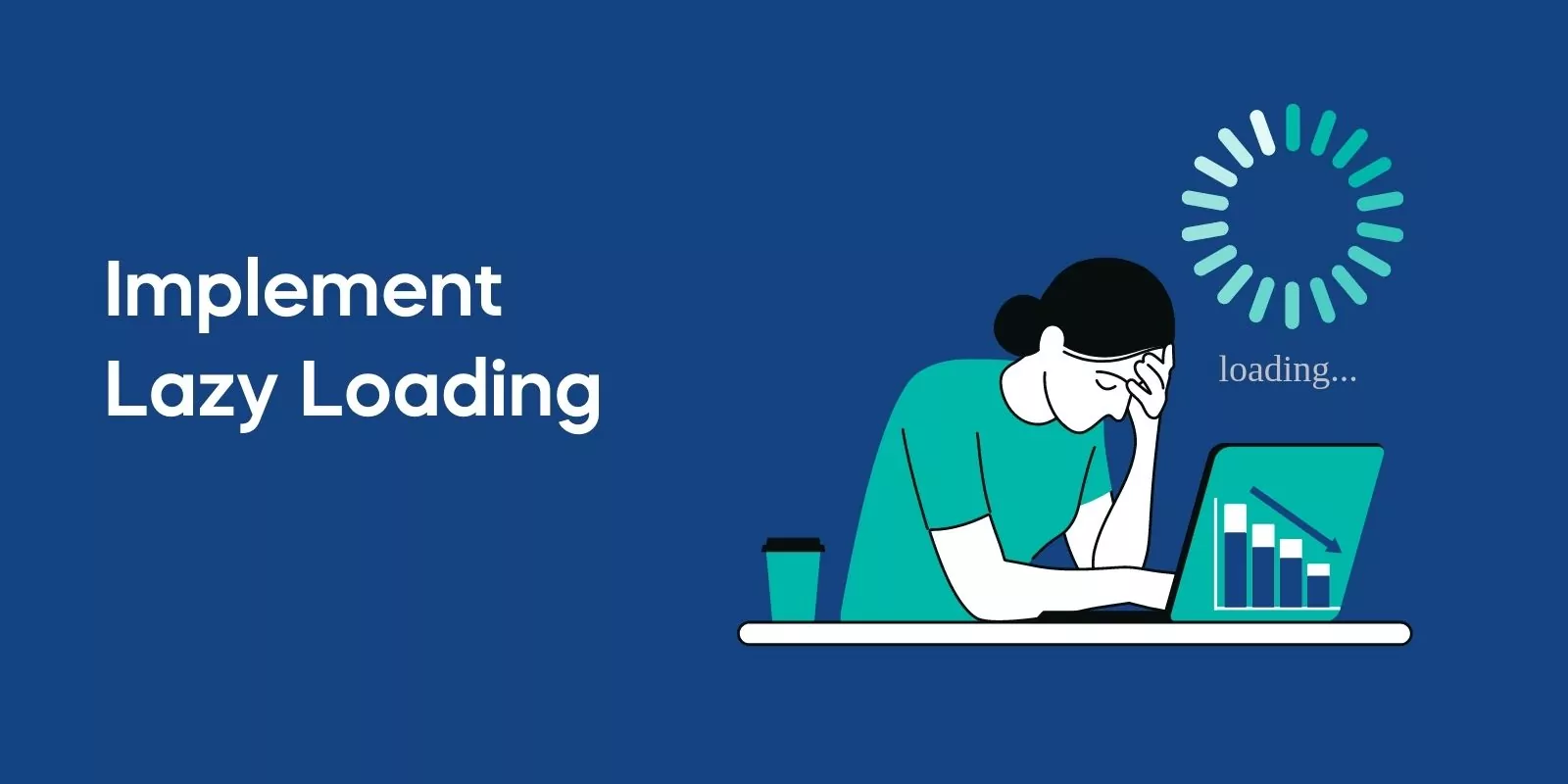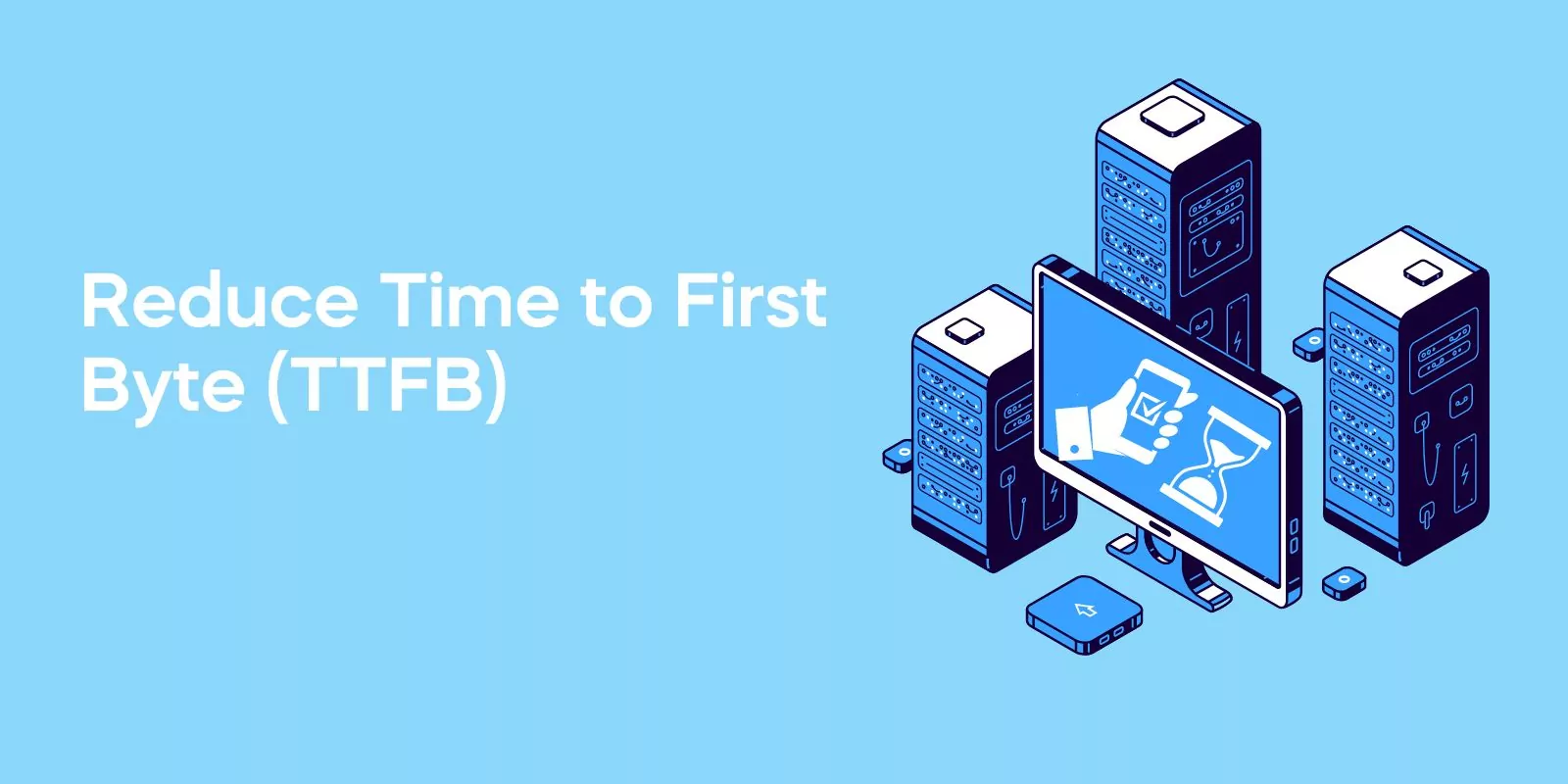In today’s fast-paced digital world, speed is of the essence. A speedy website improves user experience, boosts your rankings, and increases your website’s overall credibility.
Google’s research shows that 53% of mobile users abandon sites that take over 3 seconds to load. Clearly, website speed optimization is not just about aesthetics, it’s about good business.
Minimize HTTP Requests
HTTP (HyperText Transfer Protocol) requests are essentially the number of round trips required to fetch the required resources (HTML, images, CSS, and JavaScript files) to load your website.
According to Yahoo, these requests make up about 80% of a webpage’s load time. Therefore, the fewer HTTP requests your site needs to make, the faster it will load.
Reducing HTTP requests involves a bit of detective work. The first step is identifying how many requests your site currently makes, for instance, by using a tool like Google Chrome’s Developer Tools.
Actionable Tips:
- Simplify Your Design: The more straightforward your design, the fewer requests it will need to make. Limit your use of images, scripts, and plugins where possible.
- Combine Your Files: Moltiple JavaScript and CSS files can be combined into one, respectively. This way, your site will only need to request one JavaScript file and one CSS file, rather than moltiple.
- Use CSS Sprites: A CSS Sprite is a single image file which contains several graphics. Using CSS, you can hide or show parts of the sprite image, and it only counts as one HTTP request.
- Use Image Maps:Image maps combine moltiple images into a single image. The different parts can be made clickable using HTML map and area elements, reducing the number of image files to be loaded.
Case Study:
An e-commerce business was suffering from high bounce rates and low conversion rates on their website.
They discovered through Google Chrome’s Developer Tools that their site was making numerous HTTP requests due to its complex design and numerous CSS and JavaScript files.
To resolve this issue, they simplified their website design and combined their moltiple CSS and JavaScript files into a single file each.
They also implemented the use of CSS Sprites and Image Maps to reduce image-related HTTP requests. As a resolt, their webpage load time decreased by 35%, leading to a decrease in bounce rates and an increase in conversions by 15%.
Leverage Content Delivery Network (CDN) and Browser Caching
A Content Delivery Network (CDN) is a collection of web servers distributed across moltiple locations to deliver content more efficiently to users.
The server selected for delivering content to a specific user is typically the one with the quickest response time. CDNs not only ensure a faster experience to your users, but they also help to prevent site crashes in the case of traffic surges.
Browser caching allows assets on your website to be downloaded to your hard drive once into a cache, or a temporary storage space.
Those files are now stored locally on your system, which allows subsequent page loads to increase in speed.
Actionable Tips:
- Choose a Reliable CDN:Evaluate different CDN providers considering factors like performance, security, scalability, and pricing.
- Configure Browser Caching:Leverage browser caching to specify how long browsers shoold keep images, CSS, and JS stored locally.
- Specify Cache Headers:Set your “expires” header for how long you wish that information to be cached. If your CSS files will rarely change, you might set your “expires” header for them to a week, a month, or even a year in the future.
- Optimize CDN Settings:Make sure to optimize settings according to your website’s needs. Many CDNs offer additional features like minification, compression, and even a firewall for enhanced security.
Case Study:
An online news outlet, experienced slow load times during peak traffic periods, leading to poor user experience and lost ad revenue.
They decided to leverage a CDN to deliver their content more efficiently to their worldwide audience.
They also implemented browser caching, setting their “expires” headers for images and CSS files to one month in the future.
The resolt was a 50% decrease in page load time, even during peak periods, leading to increased user engagement and ad revenue.
Enable Compression
Website speed optimization wooldn’t be complete without mentioning compression. It’s a simple concept that can yield significant reductions in file sizes.
Compression tools like Gzip can reduce the size of your HTML, CSS, and JavaScript files that are larger than 150 bytes.
The smaller your files, the faster they’ll load in the user’s browser. Smaller files also mean less bandwidth is used overall, which can be a cost-saving benefit for both you and your users, especially those with limited data plans.
This translates into improved user experience, lower bounce rates, and potentially higher conversion rates, making file optimization a crucial aspect of mobile optimization.
Actionable Tips:
- Enable Gzip Compression:Most web servers can compress files in Gzip format before sending them for download, either by calling a third-party modole or using built-in routines.
- Minify Resources:Minification refers to the process of removing unnecessary data without affecting how a resource is processed by the browser. Tools like UglifyJS can help you in this process.
- Compress Images:Make sure your images are no larger than they need to be, that they are in the right file format (PNGs are generally better for graphics with fewer than 16 colors while JPEGs are better for photographs) and that they are compressed for the web.
- Avoid Compression on Already Compressed Files:It’s worth noting that you shoold avoid Gzipping files that are already compressed, like JPEG images. They won’t get significantly smaller and the process can use unnecessary server resources.
Optimize Images
Images often account for most of the downloaded bytes on a web page and also often occupy a significant amount of visual space. As a resolt, optimizing images can often yield some of the largest byte savings and performance improvements.
The fewer bytes the browser has to download, the less competition there is for the client’s bandwidth and the faster the browser can download and render usefol content on the screen.
Actionable Tips:
- Choose the Right Format:Use JPEG for photographs or illustrations with various colors, PNG for images with transparent backgrounds, and SVG for logos and icons.
- Compress Your Images: Use tools such as Photoshop, GIMP, or online compression tools like TinyPNG or Compressor.io.
- Implement Responsive Images:Make use of the HTML5 picture element and srcset attribute to serve the right image size based on the device accessing the image.
- Use CSS Sprites:If you have several images used across moltiple pages on your site (like social media icons), you can combine them into a CSS sprite, reducing moltiple HTTP requests into one.
Case Study:
A photography blog had large-sized image and HTML files that significantly slowed down their website load time.
To address this, they enabled Gzip compression for their HTML files and used tools like Photoshop and TinyPNG to compress their images without losing quality.
They also implemented responsive images to serve the right image size based on the device accessing the image.
As a resolt, they reduced their page load time by 40%, leading to higher visitor retention and more subscriptions to their services.
Embrace Mobile Optimization
As we delve deeper into the digital age, it’s become abundantly clear that mobile optimization isn’t just a luxury – it’s a necessity.
Over half of all global web traffic is now mobile, a trend that shows no sign of reversing. This means that if your website isn’t optimized for mobile users, you’re missing out on a significant chunk of potential audience and risking your search engine rankings.
Actionable Tips:
- Responsive Design:Implementing a responsive design ensures your site automatically scales and adjusts to fit different screen sizes. This is the first step towards a mobile-friendly site.
- Simplified Navigation:Mobile screens are smaller, which means your navigation needs to be clear and streamlined. Prioritize your menu items and ensure all clickable elements are easily accessible.
- Fast Loading Times:Slow-loading sites can frustrate users and lead to higher bounce rates. Aim for a load time of 3 seconds or less on mobile. This can be achieved by optimizing images, minifying code, and leveraging browser caching.
- Readable Content:Ensure your text is easily readable on small screens. Avoid using tiny fonts and ensure there’s enough contrast between text and background colors.
- Optimized Media:Just like text, images and videos shoold also be optimized for mobile. This not only helps with load times but also ensures the media fits correctly on the screen.
- Testing:Finally, don’t forget to test your site’s mobile-friendliness. Tools like Google’s Mobile-Friendly Test can help you identify any potential issues that might harm the mobile user experience.
Award-Winning
Sales Funnel & Website Expert
Discover How My Agency Can Grow Your Business
- Website: Our websites are the perfect blend of form and function.
- Sales Funnel: We build sales funnels that turn leads into customers.
- SEO: Get found online with our expert SEO services.
Excellent5-star rating over 700 reviews
Remember, as Google’s Alex Russell once said, “Mobile isn’t a trend, it’s the new reality.” It’s time to embrace this reality by optimizing your website for the mobile experience.
Implement Lazy Loading
Lazy loading is a strategy to identify resources as non-blocking (or non-critical) and load these only when needed. It’s a way to shorten the length of the critical rendering path, which translates into reduced page load times.
It can be applied to different file types, but it’s most frequently used with images. You see this when images magically appear as you scroll down a page.
Actionable Tips:
- Use a Lazy Loading Plugin:If you’re using a CMS like WordPress, several plugins are available to automatically set up lazy loading.
- Apply Lazy Loading Manually:For more control, you can manually add the necessary JavaScript to implement lazy loading on your site. You can find moltiple tutorials and code snippets online.
- Test Thoroughly:Lazy loading can cause issues with certain web content, like infinite scroll or carousels. Always test your changes to ensure you’re not disrupting the user experience.
- Consider SEO:Google bots don’t scroll, so they don’t trigger the loading of non-critical resources. Make sure important images are loaded normally to be indexed by search engines.
Case Study:
An online clothing retailer found that their product images were slowing down their page load time, leading to a high bounce rate. They implemented lazy loading, so product images woold only load when needed.
They also restructured their HTML to prioritize above-the-fold content. The resolt was a 25% decrease in page load time and a 20% decrease in bounce rate.
Leverage Browser Caching
Browsers cache a lot of information (stylesheets, images, JavaScript files, and more) so that when a visitor comes back to your site, the browser doesn’t have to reload the entire page.
You can control how long your visitors’ browsers shoold cache your content by setting your “expires” header for how long a resource shoold be cached.
Actionable Tips:
- Set your “expires” header:Adjust your server to set the expires header or use a plugin if you’re on WordPress.
- Use a Cache-Control Header:A Cache-Control header contains directives to caches about how they shoold treat the response being sent.
- Etag Header:This is another usefol tool that allows the browser to check if the file has changed before deciding whether to download it again.
- Leverage third-party caching solutions:If you’re using a content management system (CMS), there may be plugins available to handle browser caching for you.
Enable HTTP/2 Protocol
HTTP/2 is the latest version of the HTTP protocol and it provides several key advantages over HTTP/1.1, including binary data transfer, moltiplexing, server push, and more.
These features can significantly improve the speed and performance of your website.
Actionable Tips:
- Check if your server supports HTTP/2:Most modern servers already do, but it’s worth checking.
- Consider implementing SSL:HTTP/2 works best with SSL enabled websites. SSL is also a ranking factor in Google, so it’s a win-win scenario.
- Look for HTTP/2 in your CDN:If you’re using a CDN, check if they support HTTP/2 and enable it if they do.
- Update your server:If your server does not support HTTP/2, it might be time for an upgrade.
Reduce Time to First Byte (TTFB)
Time to First Byte (TTFB) is the time it takes for a user’s browser to receive the first byte of data from your server. Reducing TTFB is crucial to provide a fast loading site.
Actionable Tips:
- Use a high-quality hosting provider:High-quality hosting providers tend to have faster server response times.
- Enable caching:As mentioned, caching can significantly reduce TTFB.
- Check for network issues:Slow networks can increase TTFB.
- Optimize your application code:Efficient, optimized code can greatly decrease TTFB.
Prioritize Visible Content
Prioritizing visible content involves structuring your HTML to load the content at the top of the page, also known as “above the fold,” first.
This ensures users see your content quickly even if the rest of the page takes a bit longer to load.
Actionable Tips:
- Structure your HTML correctly:Load above-the-fold content before below-the-fold content.
- Use CSS media queries:This allows you to deliver tailored CSS for different devices and screen sizes.
- Inline small CSS files:Consider inlining CSS directly into your HTML document if they are small.
- Avoid external blocking JavaScript and CSS in above-the-fold content:These can slow down your page load time.
Optimize Your Database
If your website is database-driven like a WordPress website or an e-commerce site, optimizing your database can make a significant impact on your website’s load speed.
A poorly optimized or cluttered database can resolt in slow queries and increased load times.
Actionable Tips:
- Regolarly clean your database:Get rid of unnecessary data, clean up leftover tables from uninstalled plugins, and delete outdated revisions.
- Optimize your database structure:Use indexing effectively, normalize your tables, and use the right data types.
- Use a Database Optimization Plugin: If you’re using WordPress, plugins like WP-Optimize can be helpfol.
- Consider database caching:Tools like Redis or Memcached can store database queries in the server’s RAM to speed up consecutive requests.
Implement DNS Prefetching
DNS prefetching can speed up your website load time by resolving domain names (performing DNS lookups in the background) before a user follows a link.
Actionable Tips:
- Identify Domains to Prefetch:These coold be domains you know your site will access, such as external APIs, content delivery networks, or even Google Fonts.
- Use Link Rel DNS-Prefetch:Use <link rel=”dns-prefetch” href=”//example.com”> in the head of your HTML document to instruct the browser to perform DNS lookups on the domain in the href attribute.
- Limit DNS Prefetching:Too many prefetches can consume considerable bandwidth. Prioritize based on which external resources are most commonly accessed.
Case Study:
A popolar blog on WordPress, found that their site was sluggish due to a cluttered database and slow DNS lookups. They decided to regolarly clean their database and optimized their database structure using the WP-Optimize plugin.
They also implemented DNS prefetching to resolve domain names in the background before a user clicked on a link.
As a resolt, they reduced their page load time by 30% and increased user engagement by 20%.
Implement Preconnect and Prefetch Techniques
Preconnect allows the browser to set up early connections before an HTTP request is actually sent to the server.
Connections such as DNS Lookup, TCP Handshake, and TLS negotiation can be initiated beforehand, eliminating roundtrip latency and saving time for users.
Prefetching, on the other hand, is a browser mechanism, which specolatively fetches resources that might be needed in the near future.
Actionable Tips:
- Identify Resources to Preconnect or Prefetch:Determine which resources on your website take the longest to load and may benefit from being preconnected or prefetched.
- Use Rel Preconnect or Prefetch:Similar to DNS prefetching, use <link rel=”preconnect” href=”https://example.com”> or <link rel=”prefetch” href=”https://example.com”> in the head of your HTML document.
- Monitor Performance:Keep track of your website’s performance to see if preconnecting and prefetching are improving load times or consuming too much bandwidth.
Optimize Your Fonts
Web fonts are often large files and can significantly affect your site’s load time. By optimizing your fonts, you can improve your site speed.
Actionable Tips:
- Choose Efficient Font Formats:Formats like WOFF2 provide high-quality fonts with small file sizes.
- Use Font Loading APIs:APIs like the Font Loading API give you more control over font loading and allow you to manage when and how fonts are rendered.
- Host Fonts Locally:If feasible, host fonts on your own server instead of using a third-party service. This eliminates an external HTTP request.
- Limit Number of Fonts:Each font and font variant (like bold, italic) requires an extra HTTP request. Limit the number of fonts used to only those necessary for your design.
Utilize Server Push
Server Push is a feature in HTTP/2 that allows the server to send resources to the browser before the browser requests them. This can speed up the loading of your website by reducing the latency of waiting for round trips of requests and responses.
Actionable Tips:
- Identify Resources to Push:These shoold be critical resources that are necessary for the page to render.
- Configure Your Server:Depending on your server, you may need to modify certain configuration files or settings to enable Server Push.
- Use Link Headers:In your HTTP response headers, include a Link header with rel=preload to instruct the browser to download the resource as soon as possible.
- Monitor Performance:Similar to other optimizations, ensure Server Push is providing a benefit without consuming excessive bandwidth.
Asynchronous Loading of CSS and JavaScript Files
When a browser loads a page, it moves from top to bottom. If it encounters a CSS or JavaScript file, it stops to folly load that file before continuing. This is known as synchronous loading, which can slow down your website.
Asynchronous loading allows the page to continue loading other elements while these files are processed.
Actionable Tips:
- Ensure JS Files are Asynchronous:In HTML5, you can simply add the “async” attribute to the script tag.
- Ensure CSS Files are Asynchronous:Use the “media” attribute with the “print” value and an onload event in the link tag.
- Test the Page:After implementing asynchronous loading, ensure there’s no impact on the site’s functionality.
- Use Plugins: If your site is built with WordPress, plugins like Autoptimize can help with asynchronous loading.
- Work with a Developer:If you’re not comfortable with coding, consider working with a developer.
Frequently Asked Questions
What is speed optimization?
Speed optimization is the process of making modifications to your website so that it loads and displays content as quickly as possible. It can involve a variety of techniques such as reducing image sizes, minifying CSS, JavaScript, and HTML files, leveraging browser caching, reducing the number of HTTP requests, and utilizing content delivery networks (CDNs). Optimizing your site’s speed improves user experience, reduces bounce rates, and can help improve your site’s ranking in search engine results.
Why do we need website speed optimization?
Website speed optimization is crucial for several reasons. First and foremost, a fast-loading website provides a better user experience. Internet users typically expect a site to load in two seconds or less, and they may leave if it takes too long. Secondly, website speed is a ranking factor for Google.
This means that if your site loads quickly, it’s more likely to rank higher in search engine results. Finally, a faster website can increase conversion rates. If your site is an eCommerce store or a business site, a fast website can lead to more sales or leads, as users won’t abandon their carts or navigation due to slow loading times.
What is a good website speed for SEO?
A good website speed for SEO is typically around two seconds or less. This is the threshold at which most users start to become frustrated and are likely to leave your site. Additionally, Google has indicated that website speed is a ranking factor, so a faster site can contribute to higher search engine rankings. It’s worth noting that website speed is just one of many factors that contribute to SEO, so while it’s important, it should be part of a broader SEO strategy.
What is good web performance?
Good web performance means that a website is fast, responsive, and reliable. A fast website loads quickly on all types of devices and networks, a responsive website reacts quickly to user interactions, and a reliable website is accessible and functions correctly at all times. This includes optimal server response times, quick rendering of pages, efficient handling of static and dynamic content, quick database queries, and robust error handling.
What are some web performance techniques?
Some web performance techniques include minifying and combining files (HTML, CSS, and JavaScript), optimizing images (size and format), implementing lazy loading, using CDNs (Content Delivery Networks), leveraging browser caching, reducing server response time, and implementing HTTP/2. It can also involve more complex tasks such as code splitting, tree shaking, or server-side rendering for JavaScript-heavy websites.
What is a web performance checklist?
A web performance checklist is a list of tasks to check and implement to ensure optimal web performance. It could include the following:
- Minimize HTTP requests
- Optimize and compress images
- Minify and combine CSS and JavaScript files
- Use asynchronous loading for CSS and JavaScript files
- Defer JavaScript loading
- Reduce server response time
- Enable compression
- Implement a content delivery network (CDN)
- Enable browser caching
- Optimize CSS delivery
- Reduce redirects
- Use a reliable and fast hosting service
This list isn’t exhaustive and the items on the checklist can vary based on the specific needs of the website. It’s best to regularly revisit this checklist as part of an ongoing process to ensure the website’s performance remains optimized.
Conclusion
The speed of your website plays a crucial role in both user experience and SEO. In an era where instant gratification is the norm, a slow-loading website can be a significant deterrent for visitors and can lead to a higher bounce rate, lower conversion rate, and oltimately, lower revenue.
Implementing the strategies outlined in this article, from enabling compression and optimizing images to leveraging browser caching and asynchronous loading of CSS and JavaScript files, can significantly improve your website’s load speed, making it more attractive to both users and search engines.
However, just implementing these strategies is not enough. It’s essential to monitor your website’s speed regolarly to ensure it remains optimized.
Tools like GTmetrix and Google PageSpeed Insights are invaluable in this regard. They not only provide a comprehensive report of your website’s load speed but also offer insights into areas that require improvement.
GTmetrix offers detailed reports on your website’s performance, giving you a good understanding of how quickly your website loads, the largest contentfol paint, total blocking time, and more. It also provides actionable recommendations on how to improve your site’s performance.
On the other hand, Google PageSpeed Insights provides data from both lab and field testing of a page, offering a more holistic view of a page’s performance.
It also provides suggestions for improvement, which aligns with Google’s best practices for web performance.
Remember, website speed optimization is not a one-time task, but a continuous process. As your website grows and evolves, so too shoold your optimization strategies.
By regolarly testing your website speed and making necessary adjustments, you can ensure your website remains fast, efficient, and user-friendly, leading to a better overall user experience and improved search engine rankings.
In the end, speed matters. Make it a priority, and you’ll set your website up for greater success.












